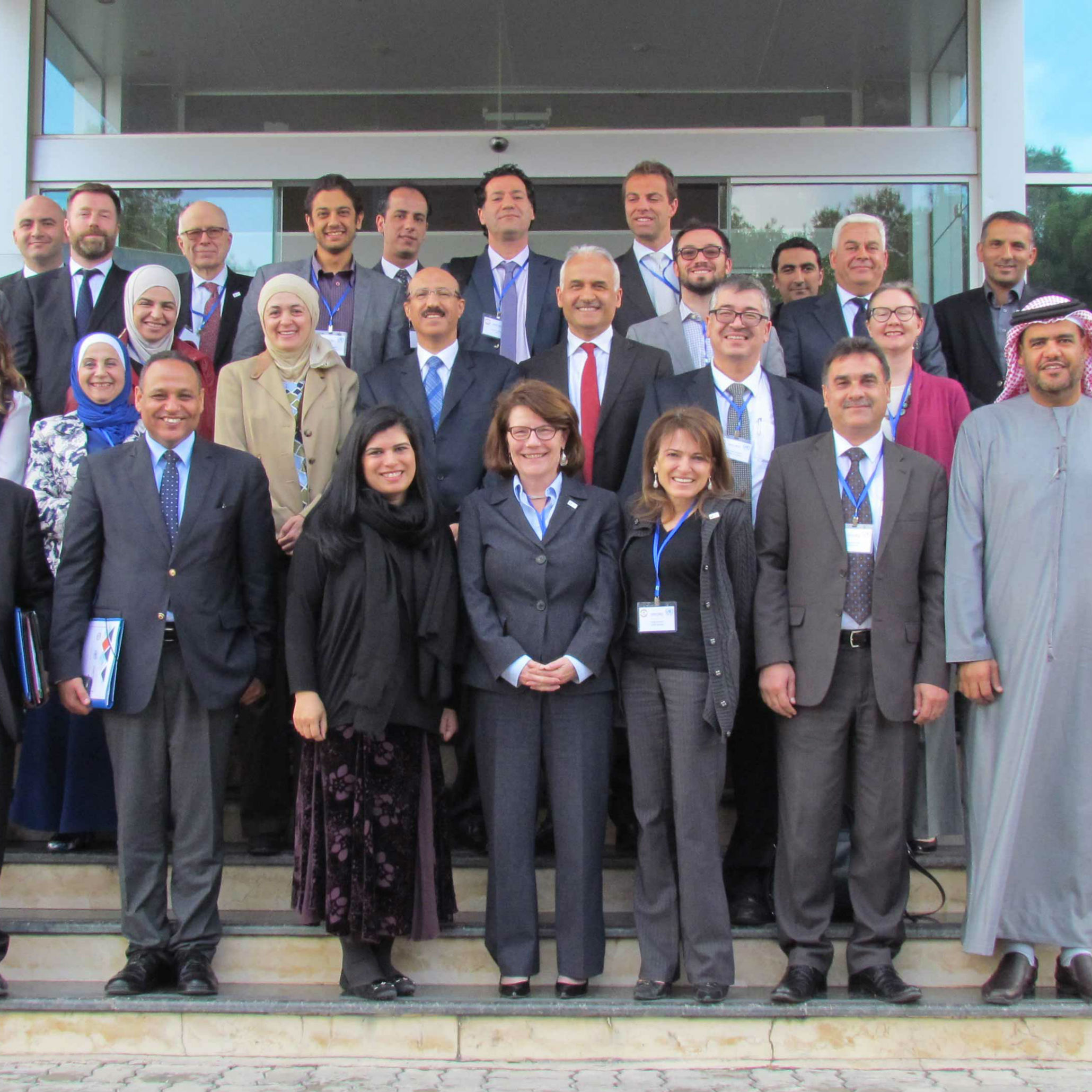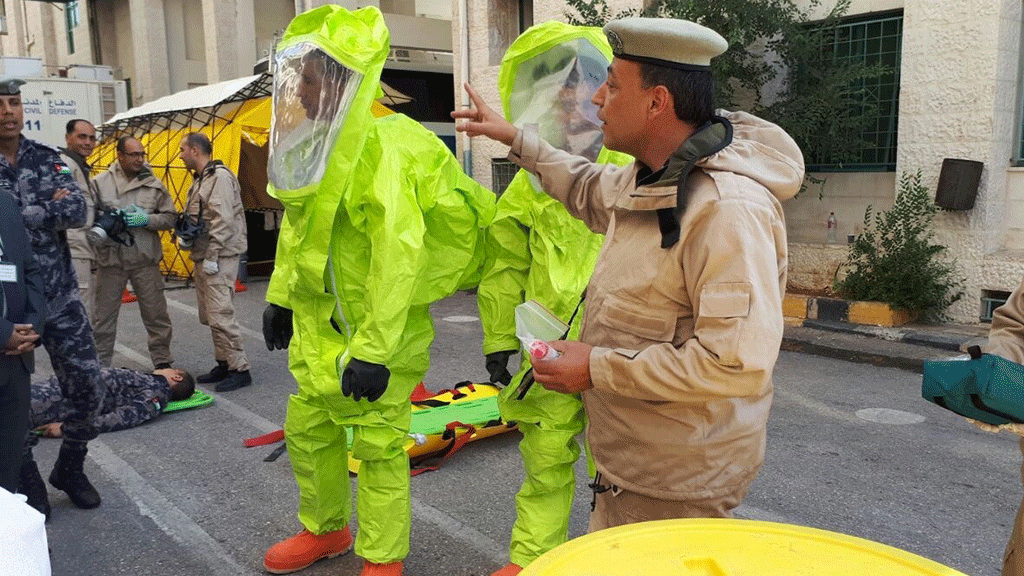7 Ideas for Science Diplomacy in the Middle East

Science diplomacy has re-emerged as an essential tool for building bridges between nations. In the Middle East, it offers new prospects for cooperation and negotiation. Here are seven ways science diplomacy can be fostered in the region.
In recent years, a revitalized interest in “Science Diplomacy” has emerged. This interest could be seen as a response to the complex, scientific and technical nature of today’s challenges. Indeed, if we look at global issues such as epidemic diseases, water scarcity, energy security, one could not but come to this conclusion. Based on this, in several countries, particularly certain developed ones, science diplomacy has become the currency for soft power of a new era. States and bodies including the United States, the United Kingdom, New Zealand and the European Union – to name a few – have developed strategies and policies that provide a backdrop for science diplomacy. Indeed, it is fair to say that Science Diplomacy has found its foothold in the developed world. However, that can only lead us to ask what the prospects of science diplomacy are in a region such as the Middle East, where the need for such interaction can only be greater.
The Middle East, the land of ancient and innovative civilizations and the birthplace of the Islamic Golden Age has in a very different outlook today. The region is plagued with enormous challenges that threaten its future sustainability and stability. Violence and extremism dominate media headlines and the real challenges facing its populations remain unanswered. In this difficult environment, we may well ask, what hope has any great science diplomacy project?
Although the prospects are weak – particularly in the short-term – Science Diplomacy must be considered a necessity in the Middle East. Water scarcity, energy insecurity and environmental degradation are some of key challenges that pose a threat to the region’s long-term prosperity. Above all, although solutions are rooted in science and technology, addressing these issues requires regional collaboration as no single country is capable of effectively single-handedly managing such challenges.
This scenario shows a dire need for projects at the nexus of science and diplomacy. However, for it to succeed and for its prospects to be maximized, there are prerequisite conditions to be fulfilled. To follow are ideas drawn from a recent regional forum on Science & Technology Diplomacy that took place in Amman, Jordan at the end of 2015. This first-ever event on the topic of Science Diplomacy in the region was jointly organized by the UN ESCWA Technology Centre, CRDF Global and the Royal Scientific Society, and I was privileged to play a part in organizing the event.
Here are seven things that need to happen to make science diplomacy a reality in the Middle East:
1. Grow scientific communitiesFor a successful implementation of science diplomacy, there is a need for a strong and coherent science community. The majority of countries in the region – with a few exceptions – have no science communities or, at best, weak structures. In order for science diplomacy to be effective, more support needs to be given to help create, grow and strengthen the Middle East’s scientific communities.
2. Change the mindsetScience diplomacy isn’t simple about science experiments, it’s a mindset. Meaningful cooperation between scientific and diplomatic communities in the region requires a clear understanding of the value each of them brings to advance their missions.
3. Consider all stakeholdersScience diplomacy requires the engagement of multiple stakeholders. Without the involvement of such alliances from different disciplines, including government, industry and civil society, the prospects are poor.
4. Open lines of communicationScience diplomacy is about strong communication. Building the right capacity and capability for science communicators, media, researchers, and S&T policy experts – among others – are necessary steps to building a culture of science in which science diplomacy can flourish.
5. Put good science at the helm“Good science” must be at the heart of science diplomacy efforts. When considering science diplomacy initiatives, it is imperative for countries in the region to make sure that the quality of science produced is at the highest level.
6. It should be championedScience diplomacy needs its champions. Young people and members of the diasporas are potential candidates to lead such efforts. However, countries in the region need to capitalize and invest more time and effort in creating programs aimed at brain circulation and mobility of youth across the region.
7. Create long-term commitmentThe Middle East is in need of a clear roadmap with a strong long-term vision that would transform shortfalls into opportunities. The first step in this direction is to articulate a clear definition of science diplomacy that is sensitive to local and regional needs.
In summary, for the prospect of workable science diplomacy initiatives to emerge in the Middle East, we need to build a culture of science, understand its value in addressing uncertainties, view it as a vehicle for cooperation and as a tool to restore broken dialogues. However, this requires a long- term commitment that reflects a mature mindset and solid government and civil structures.
On a final note, Jordan will be hosting the World Science Forum in 2017 under the theme “Science for Peace.” This effort could not have been possible without the tireless dedication by HRH Princess Sumaya bint El Hassan, a champion of Science Diplomacy with a holistic vision. It is hoped that this unique gathering of minds will pave the way for a robust dialogue, inspire a new generation and reposition the voice of science in the Middle East.



